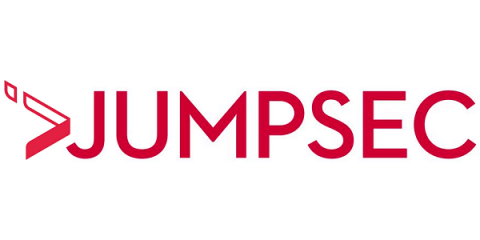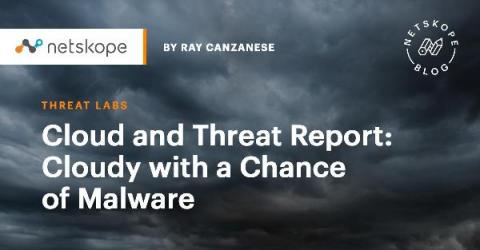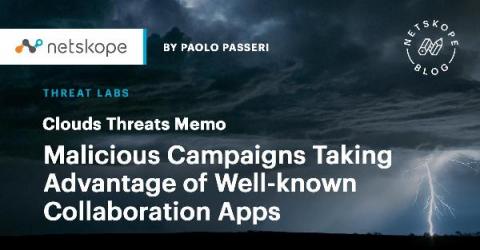A Threat As Old As The Internet: Why We Still Care About Malware (And Why You Should Too)
Every career has defining moments. Most are spread out over years or even decades, but the cybersecurity world has had two career-defining moments just in the past year. It started with the global shutdown due to the COVID-19 pandemic. Overnight, many organizations were forced to support employees working remotely. CISOs, like me, were expected to keep both our company and its employees safe in a completely unpredictable world.










